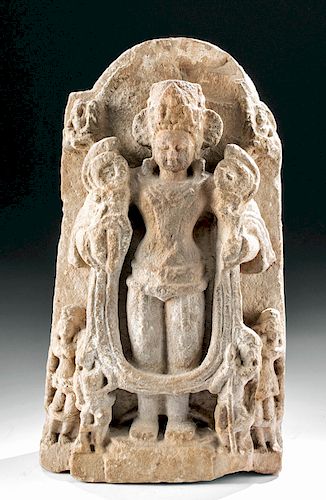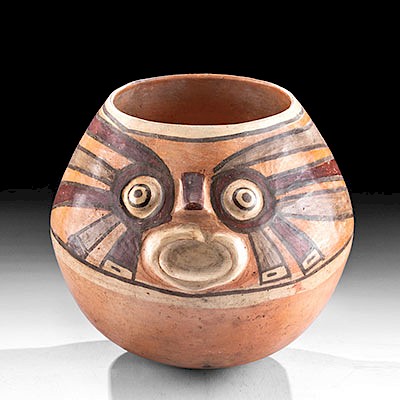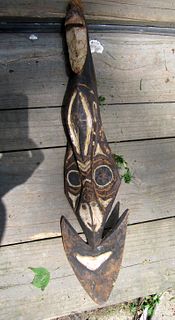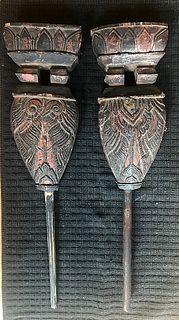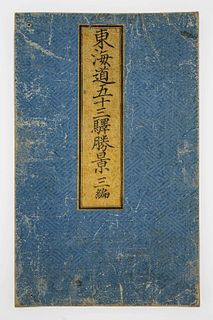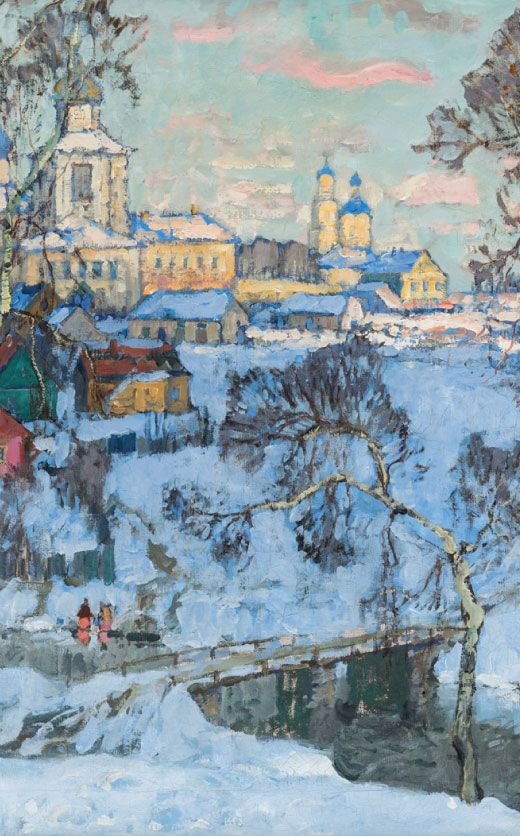8th C. Indian Stone Relief Panel with Vishnu
Lot 61a
About Seller
Artemis Fine Arts
686 S Taylor Ave, Ste 106
Louisville, CO 80027
United States
Selling antiquities, ancient and ethnographic art online since 1993, Artemis Gallery specializes in Classical Antiquities (Egyptian, Greek, Roman, Near Eastern), Asian, Pre-Columbian, African / Tribal / Oceanographic art. Our extensive inventory includes pottery, stone, metal, wood, glass and textil...Read more
Categories
Estimate:
$3,000 - $5,000
Absentee vs Live bid
Two ways to bid:
- Leave a max absentee bid and the platform will bid on your behalf up to your maximum bid during the live auction.
- Bid live during the auction and your bids will be submitted real-time to the auctioneer.
Bid Increments
| Price | Bid Increment |
|---|---|
| $0 | $25 |
| $300 | $50 |
| $1,000 | $100 |
| $2,000 | $250 |
| $5,000 | $500 |
| $10,000 | $1,000 |
| $20,000 | $2,500 |
| $50,000 | $5,000 |
| $100,000 | $10,000 |
| $200,000 | $20,000 |
About Auction
By Artemis Fine Arts
Dec 5, 2019
Set Reminder
2019-12-05 10:00:00
2019-12-05 10:00:00
America/New_York
Bidsquare
Bidsquare : Ancient / Ethnographic - Holiday Edition
https://www.bidsquare.com/auctions/artemis-gallery/ancient-ethnographic---holiday-edition-4710
What to give this holiday season? Ancient & Ethnographic Art of course! Our special Holiday auction features hundreds of unique finds from all over the world. Artemis Fine Arts info@artemisfinearts.com
What to give this holiday season? Ancient & Ethnographic Art of course! Our special Holiday auction features hundreds of unique finds from all over the world. Artemis Fine Arts info@artemisfinearts.com
- Lot Description
Central Asia, India, ca. 8th to 12th century. This stone stele depicts the Hindu deity Vishnu with his two consorts, Lakshmi, who holds a fly whisk, and Sarasvati, goddess of arts and learning, who plays a stringed musical instrument. At their sides are two additional attendants. The sculptor has presented Vishnu as a princely figure, adorned by an elaborate crown and jewelry, and a skirt-like garment. The long garland we see draped in front of his body and crossing at the knees is called a mala. Vishnu was the protector and preserver of the world to Brahma's creator and Shiva's destroyer. Size: 7.5" W x 13" H (19 cm x 33 cm)
Temples in Pala were built of brick, with carved stone images like this one set into wall niches. The Pala Empire was the last major Buddhist power in India, although their sculptural art, as here, often includes Hindu elements and iconography. They are well known for their sculpture, which was influenced by the Gupta period, and in turn influenced artwork in Tibet, Nepal, and Southeast Asia.
Provenance: private J.H. collection, Beaverton, Oregon, USA, acquired around 2004; ex-antique store collection, Portland, Oregon, USA
All items legal to buy/sell under U.S. Statute covering cultural patrimony Code 2600, CHAPTER 14, and are guaranteed to be as described or your money back.
A Certificate of Authenticity will accompany all winning bids.
We ship worldwide and handle all shipping in-house for your convenience.
#150043Expected surface wear with losses to peripheries and high-pointed areas as shown. Deposits grace the surface.Condition
- Shipping Info
-
All shipping is handled in-house for your convenience. Your invoice from Artemis Gallery will include shipping calculation instructions. If in doubt, please inquire BEFORE bidding for estimated shipping costs for individual items.
-
- Buyer's Premium



 EUR
EUR CAD
CAD AUD
AUD GBP
GBP MXN
MXN HKD
HKD CNY
CNY MYR
MYR SEK
SEK SGD
SGD CHF
CHF THB
THB